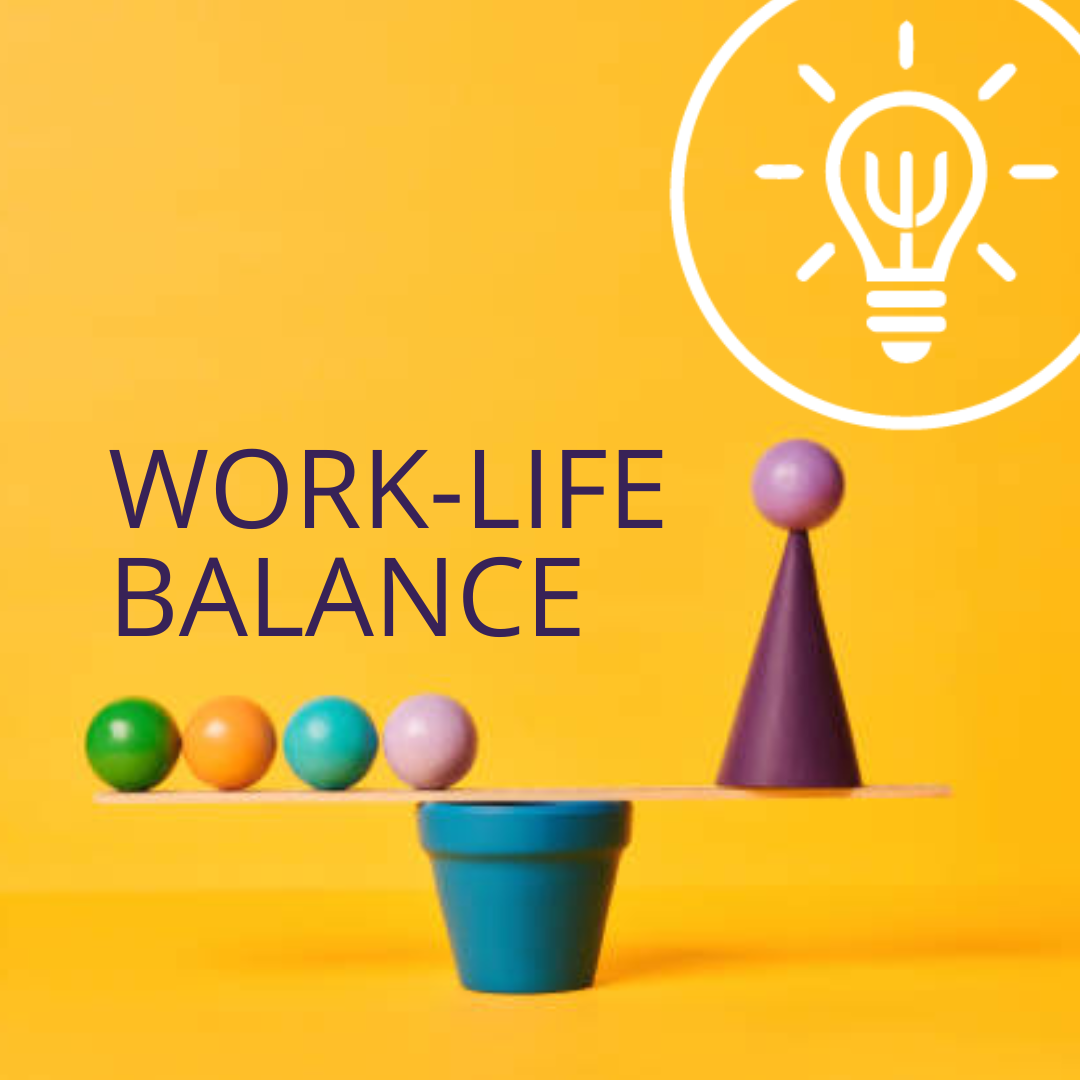From presenteeism to productivity: Six practical ideas to help your employees “switch off” from work.
In a recent article from People Management, a newly published report revealed that two-thirds of employees feel unable to switch off from work, highlighting a deep-seated issue within modern workplace culture.
As a Business Psychologist with a particular interest in wellbeing and performance, this concern resonates strongly with me and underlines the urgent need for organisations to rethink their approach to work-life boundaries. From my experience, the solution to this issue needs to go well beyond simply implementing policies like the ‘right to switch off’ - which, whilst a really good positive step in the right direction, to truly address the root causes of work-life imbalance we require a more comprehensive and integrated approach. One that truly integrates wellbeing with business success, and ultimately bridges the gap between the two.
The blurred boundaries problem.
The pandemic intensified the blurring of lines between work and home, leading to chronic stress, burnout, and a rise in absenteeism. Research, such as Protime’s The Work-Life Boundary Gap report, underscores how employees are struggling to mentally detach from work. The findings—particularly that 41% of employees report weekly negative impacts on wellbeing—are a stark reminder that surface-level interventions, like enforcing communication blackout periods, will not be enough. Other key statistics from the report included:
65% of employees experience negative impacts on their wellbeing at least monthly due to poor work-life balance
Employees took an average of 5.4 days of sick leave in the past year due to stress, anxiety, or burnout
26% of employees have never taken time off for stress-related reasons
58% of employees say avoiding checking work emails outside of work hours helps them switch off
54% of employees find that removing push notifications helps them mentally disconnect from work
62% of employees place the responsibility on managers to ensure work-life boundaries are respected
59% of employees believe organizations should enforce clear work-life boundaries
The top three actions employees want their companies to take are: respecting work-life boundaries (54%), ensuring workloads are manageable (52%), fostering a culture where switching off is encouraged (48%)
Addressing systemic causes. We need a Better@Work solution.
At the core of our Better@Work model is the idea that wellbeing and business performance are intrinsically linked. To truly empower employees to switch off and prevent burnout, senior HR leaders must adopt an integrated, evidence-based approach that tackles both the symptoms and the systemic issues leading to work-life imbalance. In particular, employees (including you dear Reader!) needs time to Refuel. What do we mean by that? Well, it’s about knowing how to ‘refill your tank’. Understanding where you get your energy from, and developing strategies for getting more of it - which includes having healthy boundaries in place when it comes to our work.
Here are six practical ideas that businesses can implement to address the problem of absenteeism holistically.
Quick(ish) wins.
Model healthy boundaries from the top down.
Leaders play a crucial role in shaping workplace culture. As highlighted in the report, managers should avoid sending emails or scheduling meetings outside of core hours. Senior leaders should visibly adopt these practices, making it clear that overworking is neither expected nor rewarded. This helps remove the pressure on employees to stay ‘always on,’ reinforcing healthy boundaries.Utilise flexible work policies that encourage autonomy.
While many organisations have embraced hybrid working, flexibility needs to go beyond location. Encourage employees to manage their own time, allowing them to structure their workday around peak productivity hours. This can reduce presenteeism and empower workers to mentally disengage after work.Eliminate push notifications
One of the most practical suggestions from the report - removing work-related notifications - can significantly help employees mentally switch off. By HR departments working with IT, it is possible to create a company-wide policy where work notifications are disabled after certain hours unless in emergencies, providing clarity on expectations around after-hours communication.
Longer-term strategies for addressing root causes.
Rethink workload and performance metrics.
It’s crucial to shift from rewarding long hours to prioritizing output and efficiency. In many cases, the inability to switch off is tied to excessive workloads and unrealistic deadlines. Conduct a workload audit to ensure tasks are distributed evenly and that employees have the necessary resources and time to complete their work within their scheduled hours. The Better@Work model emphasises that clear, manageable workloads are foundational to both performance and wellbeing.Foster a culture of psychological safety.
Employees need to feel secure in setting boundaries without fear of career repercussions. If not already available, organisations need to provide training for managers on recognising the signs of stress and burnout early so that they know how to have open, supportive conversations about workload and wellbeing. This cultural shift, where employees are encouraged to prioritise health, can prevent the burnout cycle from becoming normalised.Develop a sustainable wellbeing strategy.
To truly achieve an environment where employees feel that they have the ‘right to switch off’, clear policies and guidelines around this need be part of a broader, ongoing wellbeing strategy, not a standalone initiative. If not already in place, the creation of a robust wellbeing strategy, will give you a clear framework and roadmap to not only enforce boundaries but also address underlying issues like poor job design, unclear expectations, and ineffective processes. Not sure where to start? The Better@Work model serves as a deceptively simple framework for pulling together your existing wellbeing initiatives an developing a comprehensive wellbeing strategy that align with your business goals.
Final thoughts…
While legislation like the ‘right to switch off’ is a very good step in the right direction, it is only the beginning. Business leaders need to go beyond quick fixes and invest in long-term strategies to cultivate a culture that respects work-life boundaries, prioritises employee wellbeing, and enhances performance. By doing so we can bridge the gap between employee wellbeing and business performance.
Find out more…
If you're looking to empower your employees and optimise performance, now is the time to take action. The Better@Work model provides the roadmap your organisation needs to implement a comprehensive, evidence-based wellbeing strategy.
Contact us today for a free consultation and discover how we can help you transform workplace wellbeing and drive long-term success. You can get us on 01273 569314 or hello@psychologyworks.global.
How Psychology Works have helped organisations put wellbeing at the heart of their business…
Client Story: Talent, transformation and triumph. An awarding-winning tale of organisational change at the SDT.
Our signature wellbeing services…
Encore…
Still scrolling?!?! Want to read some more? Well in that case, why not check out some of our other blogs and thought pieces. For real time updates and insights you can also find us on LinkedIn, our social media platform of choice: @PsychologyWorks and @mariagardner


































